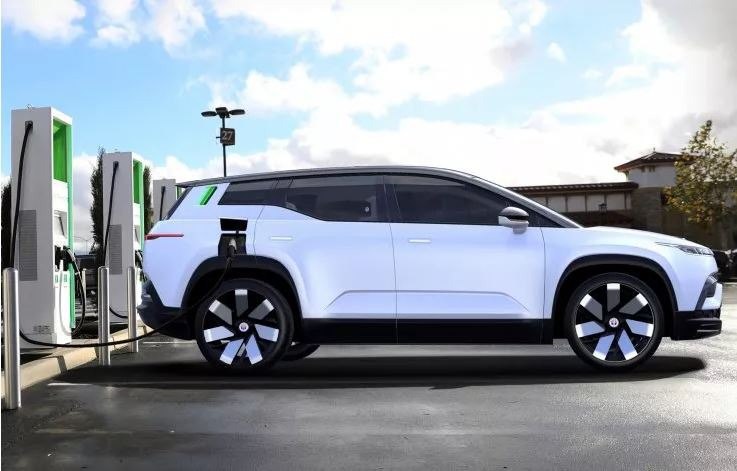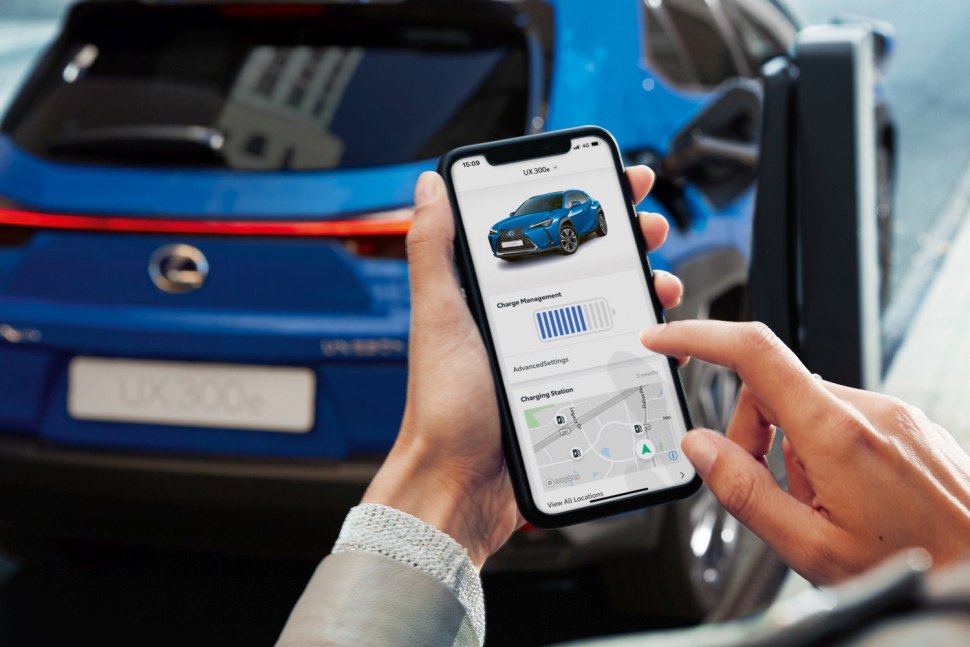Nowadays many EV customers are unexpectedly affected by the orders to stay at home and, if possible, to work from home. But what happens with electric cars when they are parked for long terms. What is the best strategy to protect the vehicle and its battery? Here are some useful tips, that will help you with the maintenance of your EV.

© 2020 Fisker, Inc.
The general advice hasn't changed much over the years and knowing just a few key information about the vehicle will be enough to keep it safe during the long time of rest for it.
Both ICE and EV are designed to be used regularly, which means that leaving them stationary for a long period may cause some serious problems.

© Toyota Motor Europe
It is important for electric car owner not to forget to check regularly the levels of charge of the main battery pack AND the additional 12-volt or more accessory battery, too. This additional battery often powers different electrical components, like the battery-management system, telematics and sometimes lights. So, when the car is left parked for a long time it is more likely this battery to get drained.
As it comes to the main battery pack, it is important to know that lithium-ion cells used in the packs of most modern EVs don't like to be kept at full charge, but they also don't like being left on low charge for long periods. So, keep an eye on the battery level and find some time to recharge of necessary.
Be careful while recharging and limit any charging sessions to 80% if your car permits that. It is recommended to be the best level of recharging for any car's battery.

© Toyota Motor Europe
Some electric models have "sleep" or "transport" modes provided for long periods of inactivity. It is good to know if your vehicle has this feature and to use it if possible. It will keep the vehicle and its battery healthy for a longer time.
Each model is specific in its own way and only its manufacturer is aware of which exactly is the best way to take care of the vehicle. So follow manufacturer's instructions and recommendations if you want to be sure whether or not to keep your EV plugged in. Some carmaker, including Tesla, recommends leaving the vehicle plugged in, to provide power for running of the battery's cooling/ heating systems. Others, like Nissan for instance, advise to left the car unplugged, because in this way it can enter "deep sleep" or power-saving mode.

© Toyota Motor Europe
You can slightly reduce the loss of power during your electric car is staying parked via turning off some power-sapping features that may drain a few percents of the car's battery every day.
So our advice is during this time of social distancing not to forget to take care of your electric vehicles. For best maintenance and protection you should strictly follow instructions given in your owner's manual. Try to find some time every day to keep your EV and its battery healthy as well.
Author: Danny Stoyanova